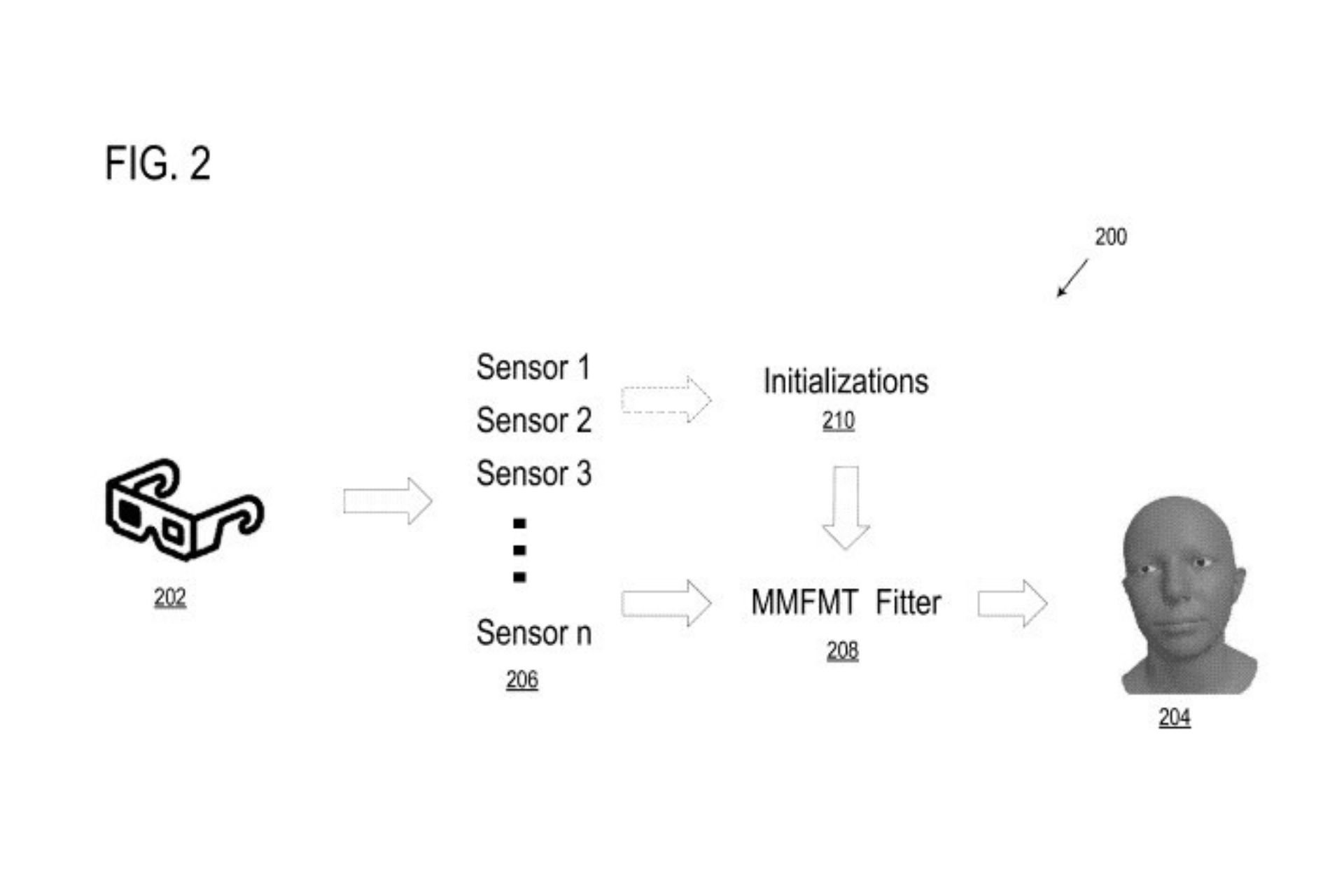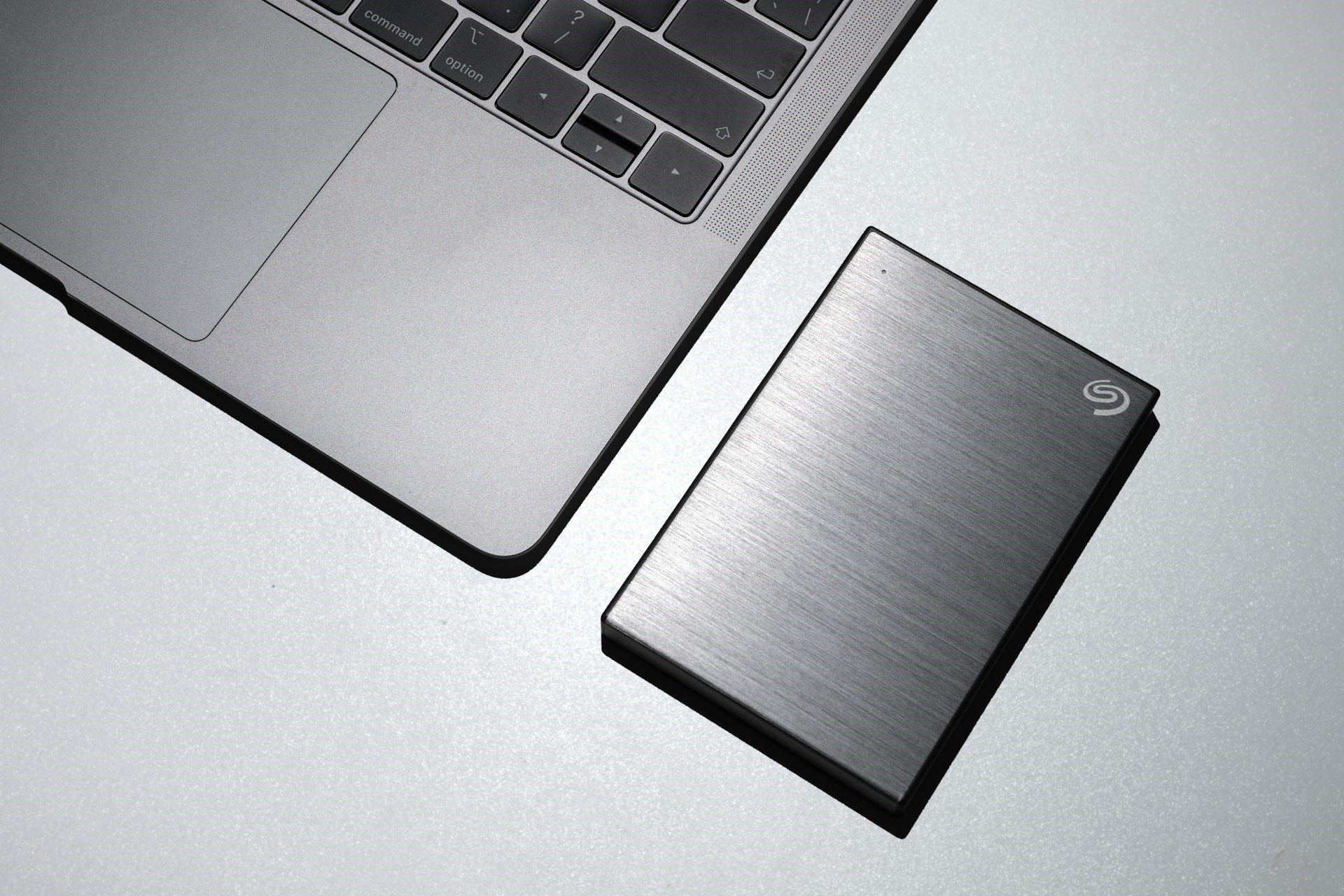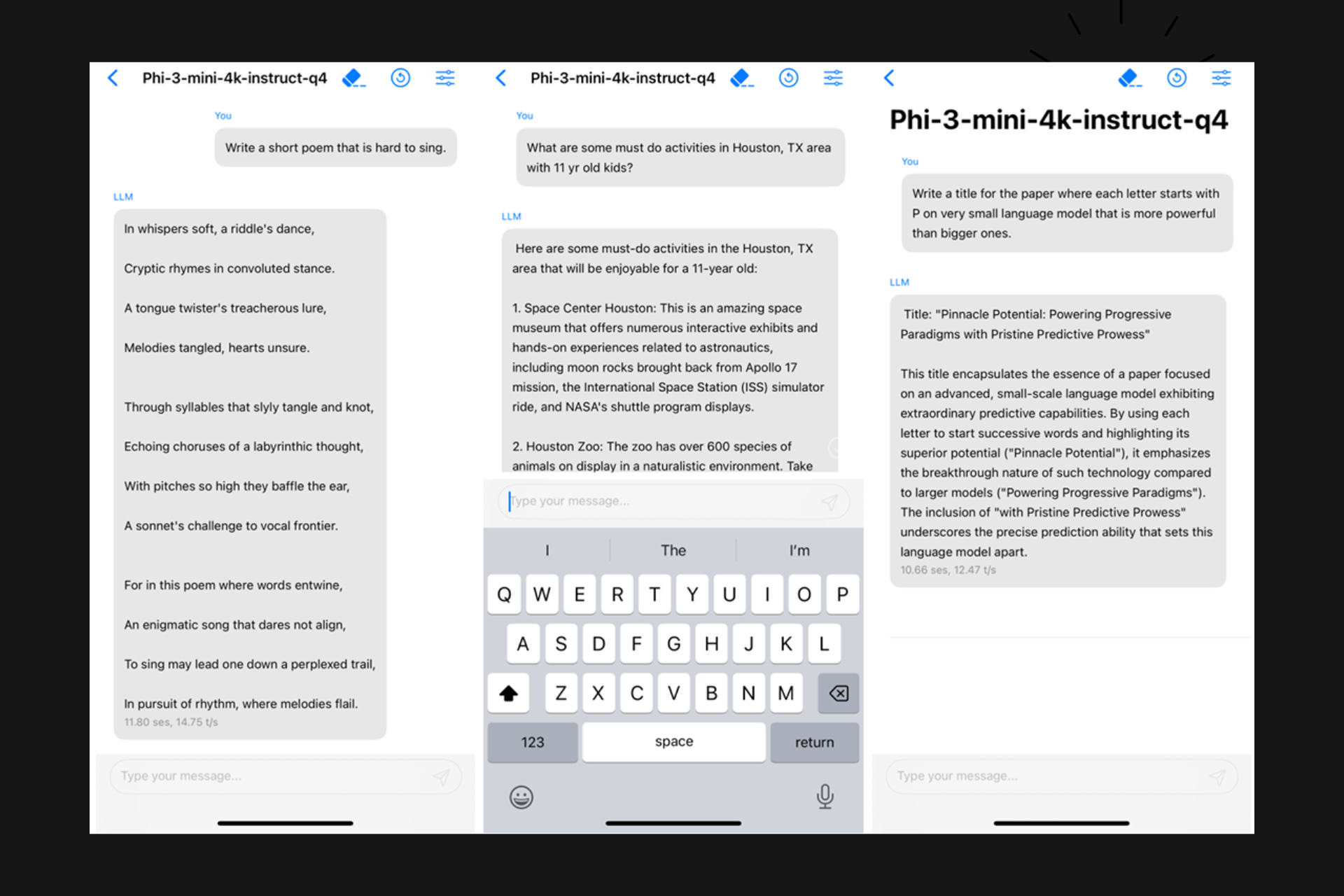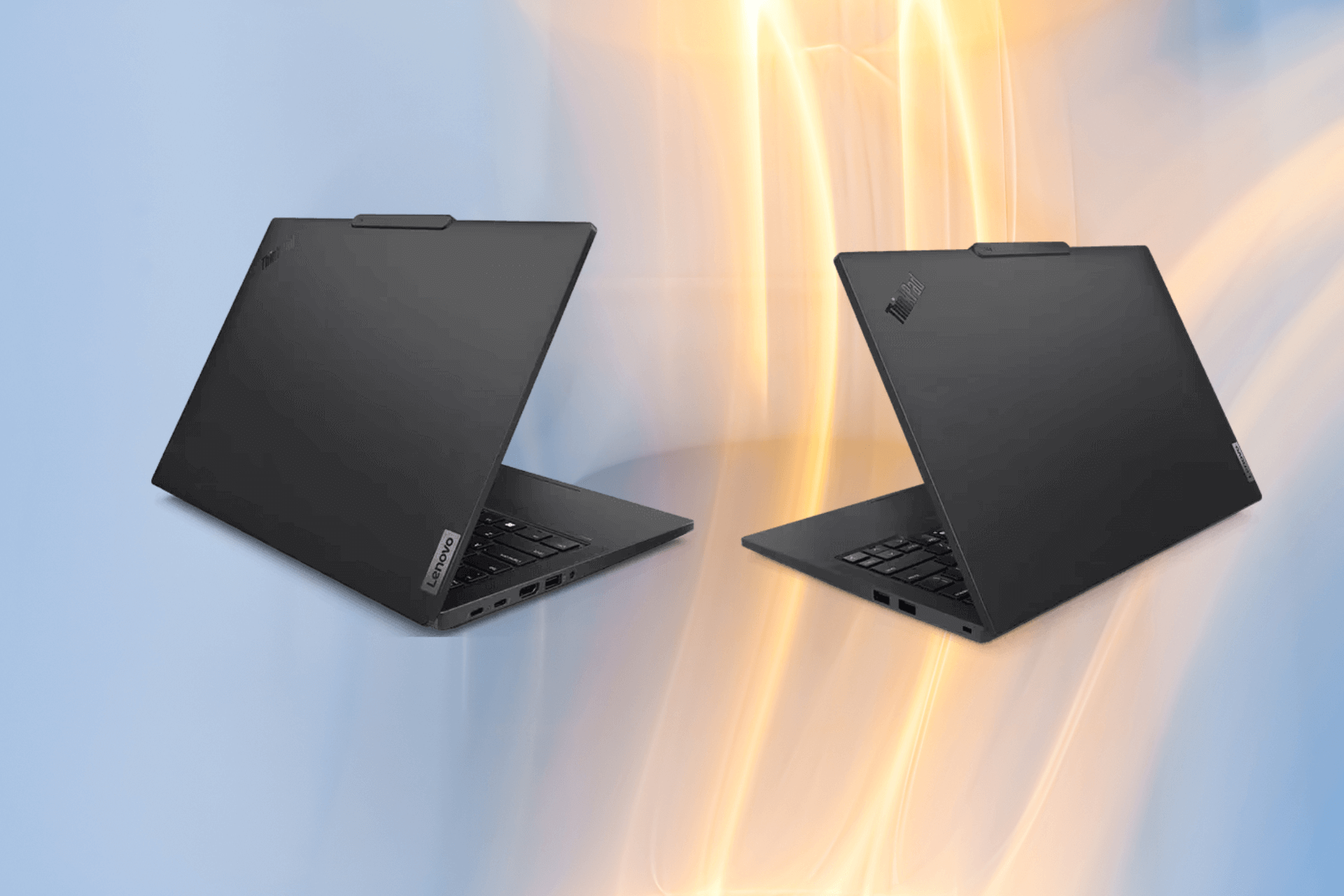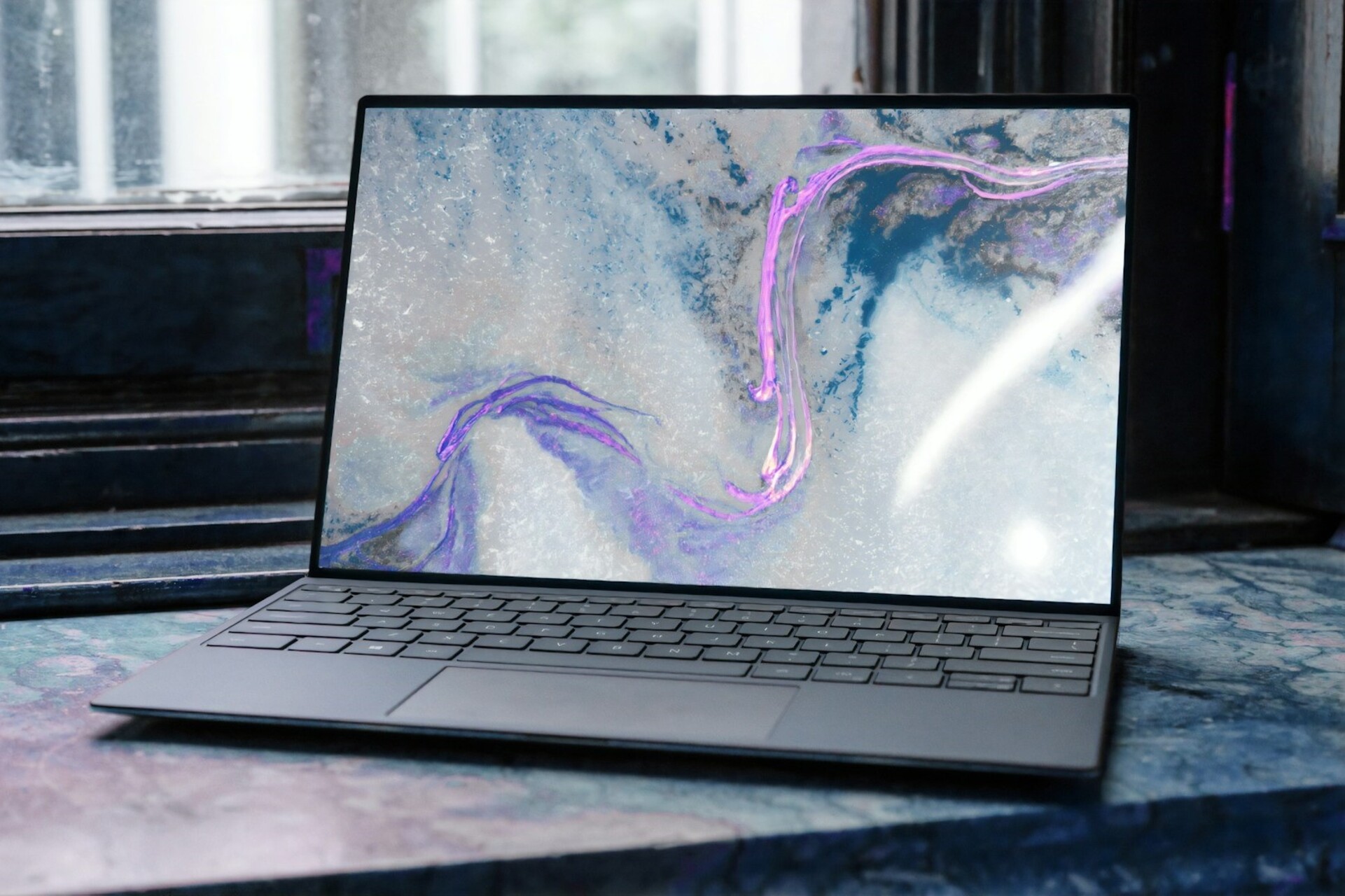Windows 10 changes connectivity for NAS devices and home file servers
2 min. read
Published on
Read our disclosure page to find out how can you help Windows Report sustain the editorial team Read more
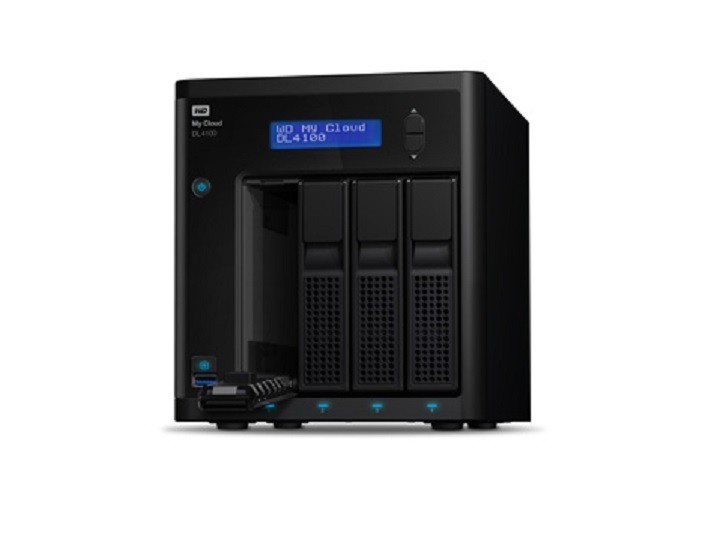
The latest Windows 10 build brings connectivity changes for NAS devices and home file servers to address a major vulnerability in Windows that could allow remote code execution. Insiders running Windows 10 build 14936 may have noticed that shared devices on their home network have disappeared from the home network folder.
Attackers could load a specially crafted DLL following locally-authentication and run arbitrary code as system administrators. This could allow them to install other malicious programs, view, change, or delete data. There is already a security update available to patch this issue and address the vulnerability by correcting how Windows enforces permissions.
Microsoft wants to take no chances and decided to further enhance security by implementing a series of authentication changes. These modifications also affect connectivity to NAS devices and home file servers, so you should’t panic if you no longer see the shared devices on your home network.
After updating to the latest Insider Preview builds, you may have noticed that shared devices on your home network have disappeared from your home network folder. You may have also noticed your mapped network drives are not available. If you change your network to “private” or “enterprise”, it should start working again. For more information on this behavior change, see this Microsoft Security Bulletin.
As mentioned above, you can already download cumulative update KB3178467 to resolve multiple vulnerabilities in Microsoft Windows.
Speaking of cumulative updates, Microsoft recently pushed KB3194496 for Windows 10, bringing a series of bug fixes. You can install the KB3194496 update via Windows Update. For more information about the content of this cumulative update, check out Microsoft’s Support Page.
RELATED STORIES YOU NEED TO CHECK OUT:


